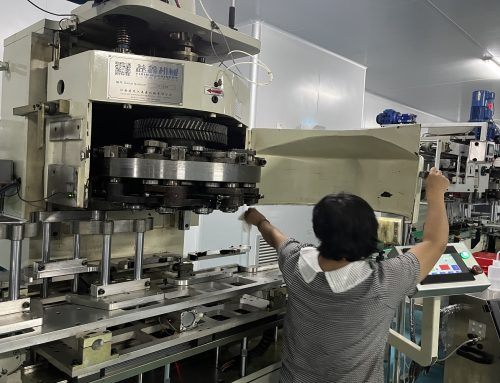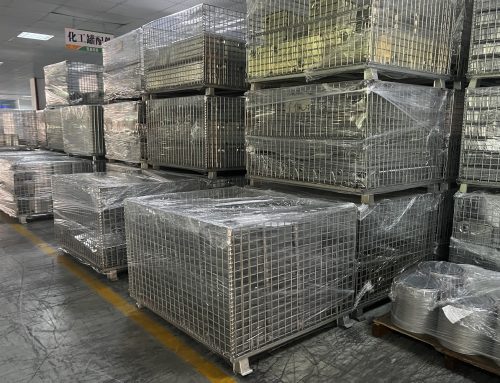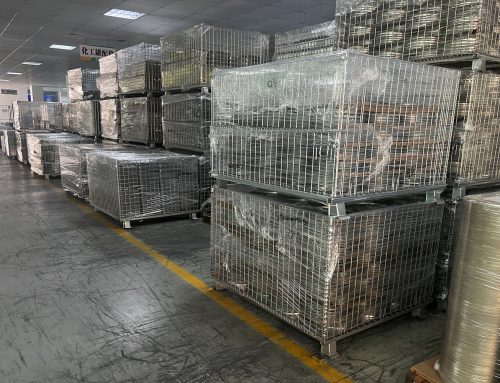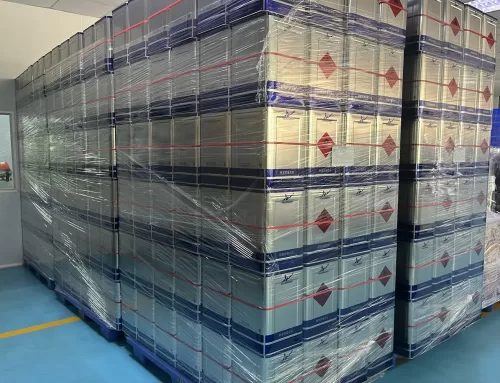1.Steelmaking
The process of removing silicon, phosphorus, and sulfur from the hot metal in the blast furnace. The top-and-bottom-blowing converter is equipped with oxygen lances that can be remotely controlled and quickly replaced, a tuyere with dynamic control, pneumatic slag blocking, and a slag monitoring device. The secondary refining outside the furnace is equipped with RH vacuum decarburization and degassing equipment, and IR-UT refining equipment.
2.Slab Continuous Casting
Equipped with automatic liquid level control, plasma heating device for the ladle, surface mechanical cleaning device, etc. Produce defect-free slabs, and realize hot delivery, direct heating and other processes.
3.Hot Rolling
Stepped heating furnace, large side press, roughing mill, finishing mill, laminar flow cooling, coiler, etc. Using edge heaters, online roll grinding technology, plate shape control technology and equipment.
4.Cold Rolling and Annealing
Continuous pickling and cold rolling combined unit.
Five-stand cold continuous rolling mill, using thickness and plate shape control technology.
High-speed continuous annealing unit for tin-plated original plate, using R-OA (reheating and overaging) technology.
Preparation unit for producing DI material, equipped with internal defect detection equipment.
5.Tinplating
Using the Flostan method of tin plating, with insoluble anodes, and equipped with a pinhole detector, tin layer thickness gauge, surface defect laser detector, etc.
High-speed cross-cutting unit, longitudinal slitting and rewinding unit. Equipped with thickness gauge, pinhole detector, etc.
6.Tinplating Inspection
Material characteristics, surface characteristics, corrosion resistance, and coating performance testing for tin-plated sheets. Timed testing of electroplating solution, passivation solution, and various cleaning solutions.
7.Packaging
Packaging for slabs.
Packaging for coils: two types, horizontal and vertical.





